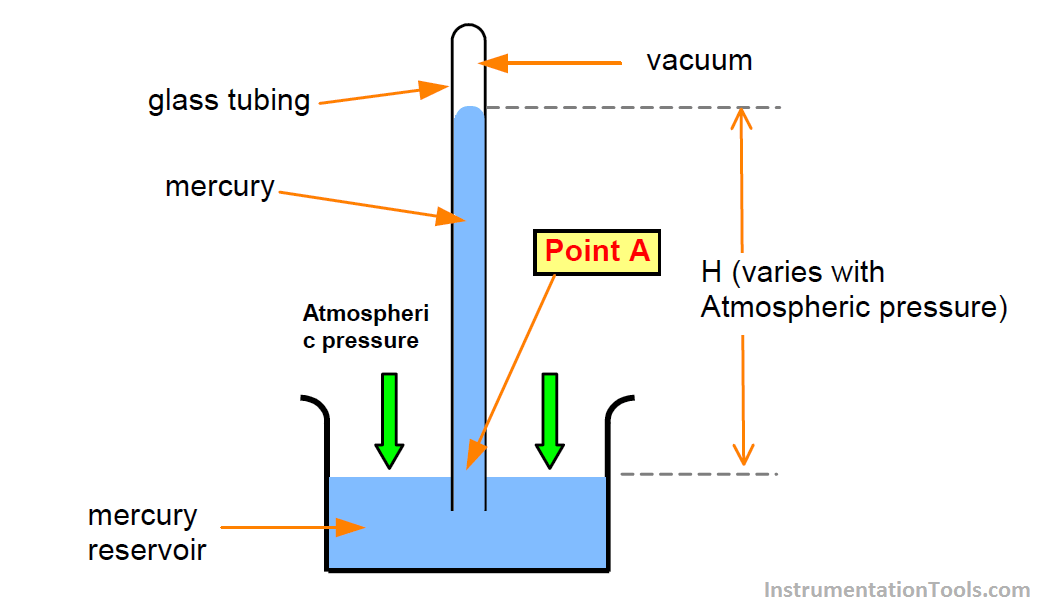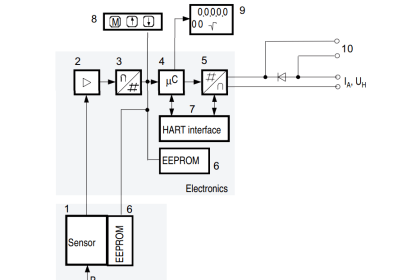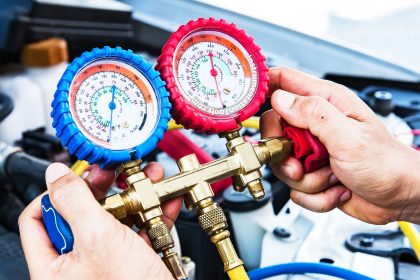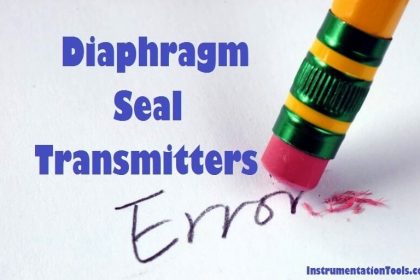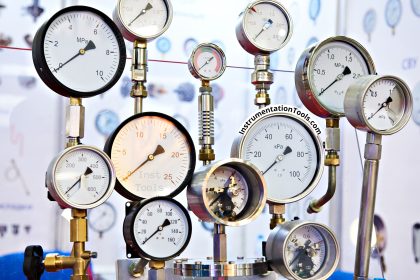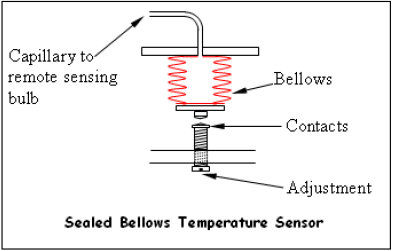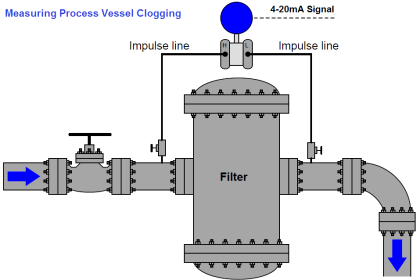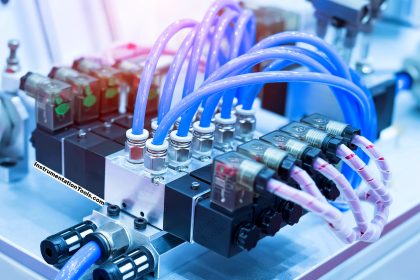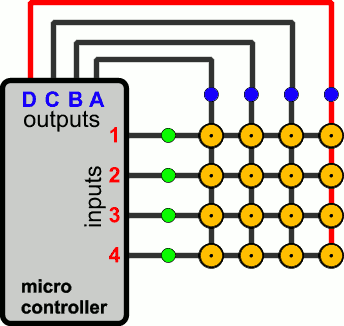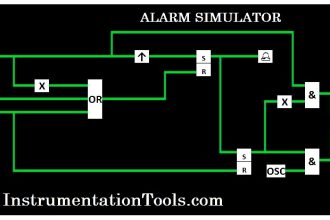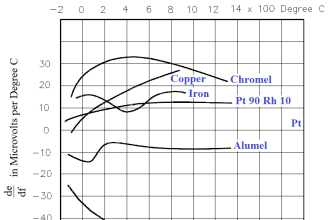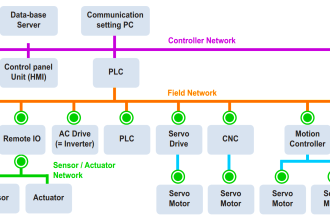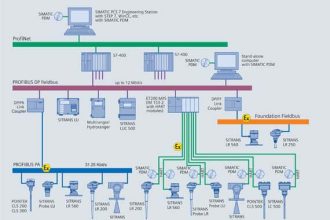A barometer is a scientific instrument used in meteorology to measure atmospheric pressure. Pressure tendency can forecast short term changes in the weather.
Barometers and pressure altimeters (the most basic and common type of altimeter) are essentially the same instrument, but used for different purposes.
An altimeter is intended to be transported from place to place matching the atmospheric pressure to the corresponding altitude, while a barometer is kept stationary and measures subtle pressure changes caused by weather.
A mercury barometer has a glass tube closed at one end with an open mercury-filled reservoir at the base. The weight of the mercury creates a vacuum in the top of the tube known as Torricellian vacuum.
Mercury in the tube adjusts until the weight of the mercury column balances the atmospheric force exerted on the reservoir. High atmospheric pressure places more force on the reservoir, forcing mercury higher in the column.
Low pressure allows the mercury to drop to a lower level in the column by lowering the force placed on the reservoir. Since higher temperature levels around the instrument will reduce the density of the mercury, the scale for reading the height of the mercury is adjusted to compensate for this effect.
The tube has to be at least as long as the amount dipping in the mercury + head space + the maximum length of the column.
The pressure is shown on your barometer’s dial, usually expressed in “inches” referring to “inches of mercury” (inch Hg).
The early barometers measured the pressure by the rise or fall of a column of mercury. This mercury barometer was invented back in 1643 by a pupil of Galileo named Evangelista Toricelli.
This is the basic instrument use for detecting atmospheric pressure. A simple diagram of a barometer is given in the figure below.
With the column at equilibrium at point (stationary), at Point A;
- Forces Up = Forces Down
- Weight of the column = Atmospheric Pressure × Area
- Density × Area × Height = Atmospheric Pressure × Area
- Atmospheric pressure = ρhg
Image Credits : N Asyiddin
